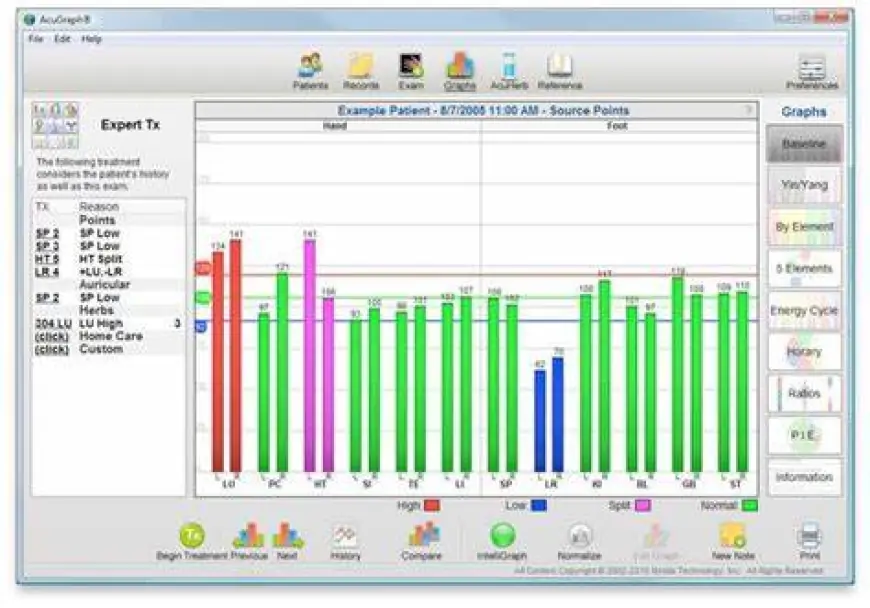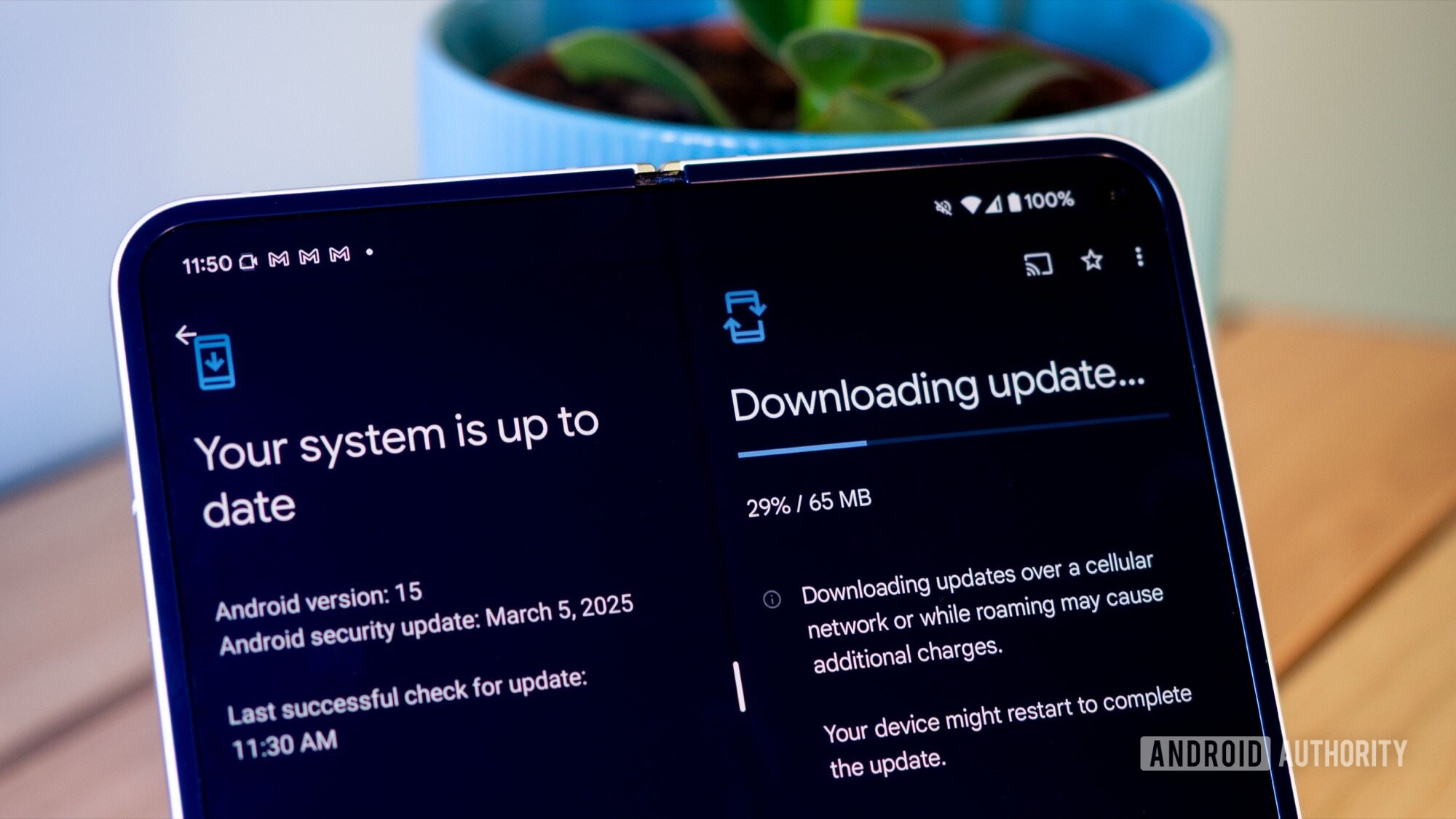How AcuGraph Enhances Acupuncture Treatments
Discover how AcuGraph enhances acupuncture treatments by providing real-time meridian analysis, improving accuracy, and optimizing patient outcomes.

Acupuncture has been practiced for centuries, helping individuals manage pain, stress, and other health conditions by balancing the body's meridians and energy flow, or Qi. While traditional diagnostic methods like pulse reading and tongue examination have been effective, modern technology is revolutionizing the field. One of the most groundbreaking advancements is AcuGraph in london a digital meridian imaging system that enhances the accuracy and effectiveness of acupuncture treatments.
This article explores how AcuGraph enhances acupuncture treatments, the benefits it provides to both practitioners and patients, and why it is a game-changer in modern acupuncture practice.
What is AcuGraph?
AcuGraph is an advanced electrodermal screening system that measures the energy levels in the body’s meridians. By providing visual and quantifiable data, it allows acupuncturists to identify imbalances with greater accuracy than traditional methods.
How Does AcuGraph Work?
-
Electrodermal Measurement: AcuGraph measures the electrical conductivity at specific acupuncture points on the hands and feet.
-
Data Analysis: The system compares the readings to standardized values to detect meridian imbalances.
-
Graphical Representation: The results are displayed in easy-to-read charts and graphs, showing excess, deficiency, or stagnation in different meridians.
-
Treatment Planning: The data helps practitioners create a customized acupuncture treatment plan tailored to the patient’s specific needs.
Benefits of AcuGraph in Acupuncture Treatments
1. More Accurate Diagnosis of Meridian Imbalances
Traditional acupuncture relies on subjective diagnostic methods, such as pulse reading and tongue analysis. AcuGraph introduces a scientific approach by providing objective, measurable data on meridian energy flow. This helps acupuncturists pinpoint imbalances before symptoms appear, leading to early intervention and better outcomes.
2. Personalized and Effective Treatment Plans
AcuGraph allows practitioners to tailor treatments to individual patients rather than using a one-size-fits-all approach. By identifying specific imbalances in the meridian system, acupuncturists can target treatments more precisely, resulting in faster relief and improved health.
3. Enhanced Patient Communication and Understanding
One of the biggest challenges in acupuncture is helping patients understand the concept of Qi and meridian health. AcuGraph simplifies this process by providing visual reports that make energy imbalances clear. When patients see before-and-after comparisons, they feel more engaged and confident in their treatment.
4. Tracking Progress Over Time
AcuGraph provides comparative data over multiple sessions, allowing practitioners and patients to monitor progress. Seeing tangible improvements in their energy balance encourages patients to stay committed to their acupuncture treatments.
5. Combining Traditional and Modern Approaches
AcuGraph does not replace traditional TCM (Traditional Chinese Medicine) diagnosis, but rather enhances it. Practitioners can combine AcuGraph's data-driven insights with pulse reading, tongue analysis, and symptom assessment to develop a holistic treatment plan.
6. Improved Clinical Efficiency
AcuGraph speeds up the diagnostic process, allowing practitioners to assess meridian health in minutes. This efficiency translates to more effective patient management and increased capacity to see more patients without compromising care quality.
7. Objective Proof of Treatment Effectiveness
Many patients are skeptical about acupuncture, especially those new to the practice. AcuGraph provides scientific validation by offering measurable proof that acupuncture is restoring balance to the meridians, increasing trust and retention among patients.
How AcuGraph Enhances Specific Acupuncture Treatments
1. Pain Management
AcuGraph helps identify blockages and energy imbalances contributing to chronic pain. By pinpointing the exact meridians affected, acupuncturists can apply precise treatments for conditions like back pain, migraines, and arthritis.
2. Stress and Anxiety Relief
Meridian imbalances often contribute to stress, anxiety, and sleep disorders. AcuGraph allows practitioners to track how acupuncture sessions influence the nervous system and emotional well-being, leading to more targeted stress-relief treatments.
3. Digestive Disorders
Conditions like IBS, bloating, and acid reflux can be linked to imbalances in the Spleen, Stomach, and Liver meridians. AcuGraph helps acupuncturists detect and correct these imbalances for improved digestive health.
4. Hormonal Balance and Women’s Health
AcuGraph is beneficial for treating menstrual irregularities, menopause symptoms, and fertility issues by monitoring the Kidney, Liver, and Spleen meridians, which play a crucial role in hormonal regulation.
5. Boosting Immunity
By analyzing Wei Qi (defensive Qi) and related meridians, AcuGraph enables practitioners to design treatments that strengthen the immune system, helping prevent frequent colds, infections, and allergies.
6. Post-Stroke and Neurological Conditions
AcuGraph can assess meridian disruptions associated with stroke recovery, Bell’s palsy, and neuropathy. This allows practitioners to tailor treatments that enhance nerve regeneration and circulation.
Comparing AcuGraph with Traditional Acupuncture Diagnosis
| Feature | Traditional Diagnosis | AcuGraph Diagnosis |
|---|---|---|
| Diagnosis Method | Pulse, tongue, symptoms | Electrodermal scanning |
| Accuracy | Subjective interpretation | Objective data analysis |
| Patient Understanding | Complex and abstract | Visual and easy to understand |
| Progress Tracking | Based on symptoms | Quantifiable data tracking |
| Time Efficiency | Requires extensive experience | Instant real-time analysis |
The Future of Acupuncture with AcuGraph
1. Advancements in AI and Machine Learning
Future versions of AcuGraph may incorporate AI-powered predictive analytics, helping practitioners anticipate potential health issues before symptoms develop.
2. Integration with Telemedicine
AcuGraph's data-driven approach can be used in remote acupuncture consultations, allowing practitioners to provide guidance on self-care and lifestyle modifications even when in-person sessions are not possible.
3. Collaboration with Other Healthcare Modalities
AcuGraph’s meridian analysis can complement chiropractic care, physiotherapy, herbal medicine, and functional medicine, making it an essential tool for integrative healthcare.
Conclusion
AcuGraph is revolutionizing acupuncture treatments by merging traditional wisdom with modern diagnostic technology. By providing accurate, real-time insights into meridian imbalances, it enhances diagnostic precision, treatment effectiveness, and patient engagement.
For acupuncturists, AcuGraph is an invaluable tool that offers scientific validation, increases clinical efficiency, and improves patient retention. For patients, it ensures personalized, effective treatments and a clearer understanding of their healing process.
As acupuncture continues to evolve, AcuGraph is leading the way in making treatments more data-driven, efficient, and impactful, solidifying its place as an essential tool in modern acupuncture practice.
What's Your Reaction?
 Like
0
Like
0
 Dislike
0
Dislike
0
 Love
0
Love
0
 Funny
0
Funny
0
 Angry
0
Angry
0
 Sad
0
Sad
0
 Wow
0
Wow
0



















































